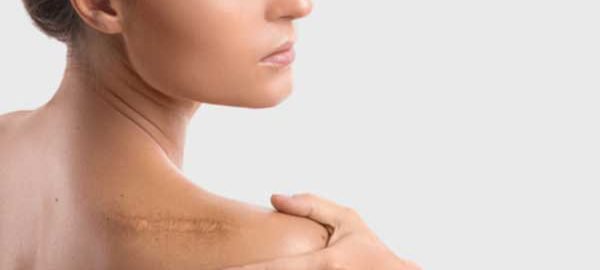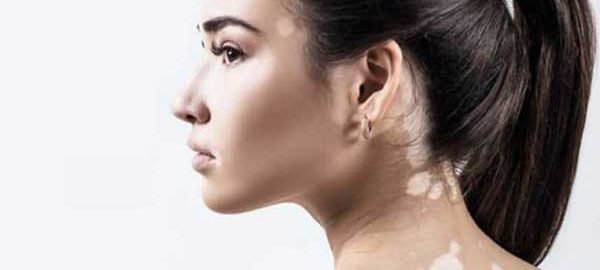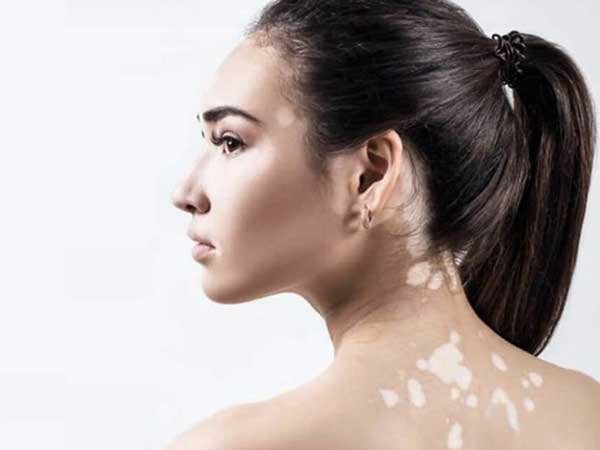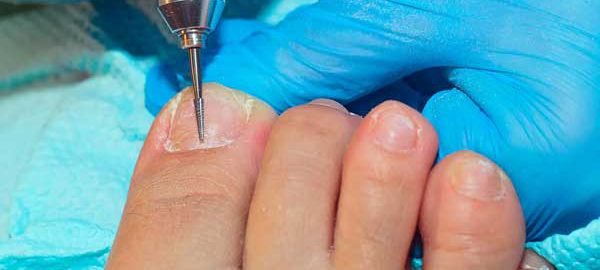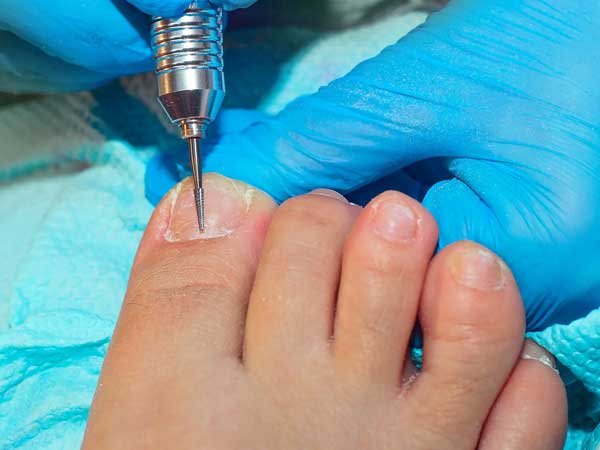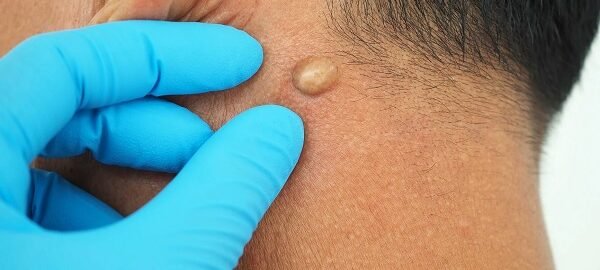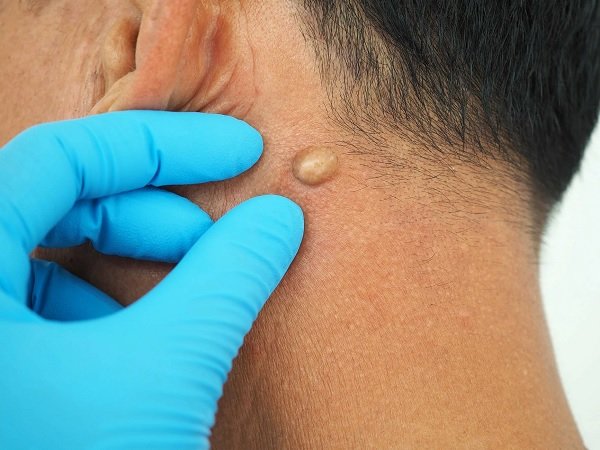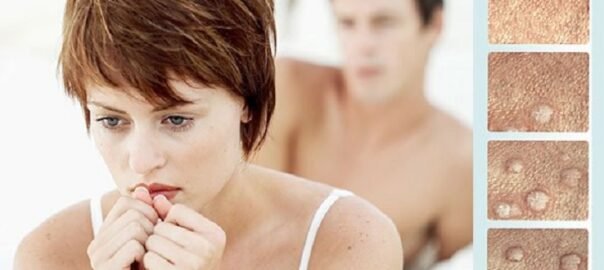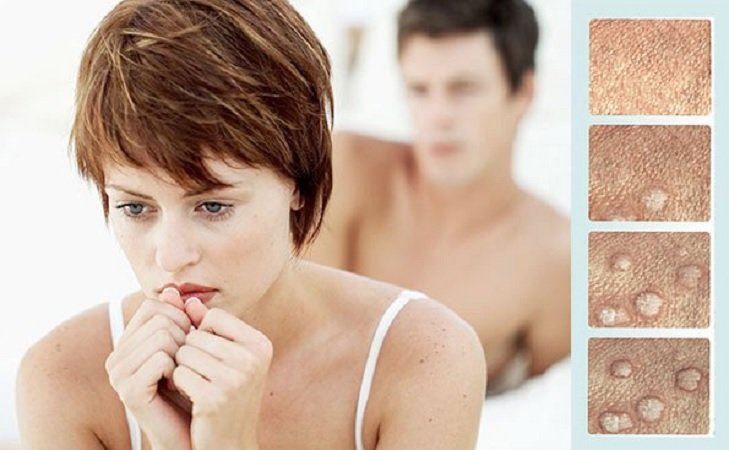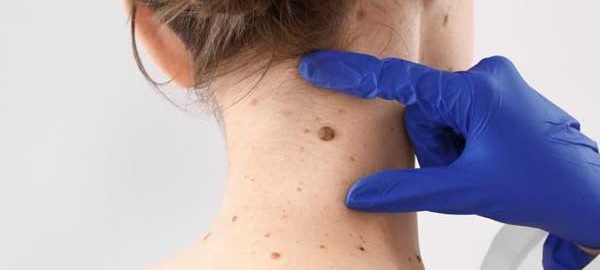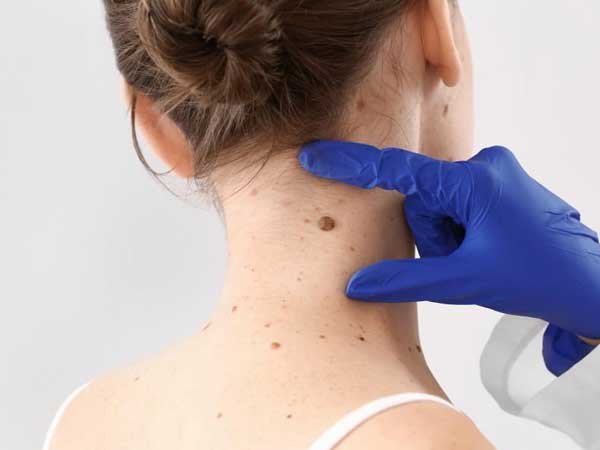Effective Scar Revision Treatment in Muzaffarpur – Restore Smooth Skin & Confidence
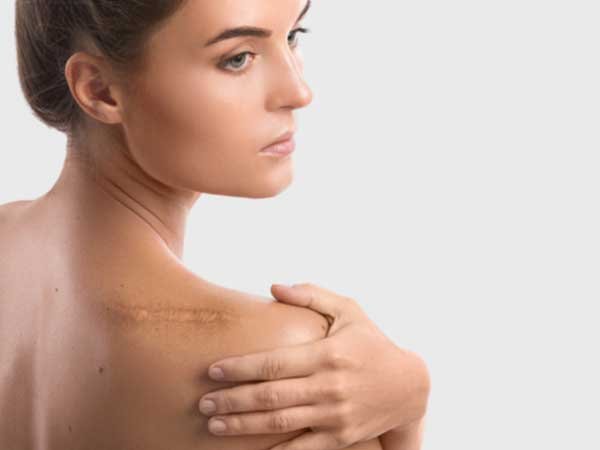
Introduction:
Scars are a natural part of the body’s healing process after an injury, surgery, or skin condition like acne. While some scars fade over time and become less noticeable, others can remain prominent, raised, discolored, or even cause discomfort, significantly impacting one’s self-esteem and quality of life.
If you are seeking to minimize the appearance of scars and achieve smoother, more even skin, our clinic, led by a leading dermatologist in Muzaffarpur and an expert skin specialist in Muzaffarpur, offers comprehensive scar revision treatments tailored to your unique needs. We understand the emotional and physical impact of scars and are dedicated to providing advanced solutions that help restore your skin’s natural beauty and your confidence. Our goal is to make scars less conspicuous and to improve the texture and tone of the affected skin, empowering you to feel more comfortable in your own skin.
Why Seek Professional Help for Scar Revision?
While some over-the-counter remedies claim to reduce scars, truly effective scar revision requires the expertise of a qualified dermatologist in Muzaffarpur. Self-treatment often yields minimal results and can sometimes exacerbate the issue if not applied correctly. A professional skin specialist in Muzaffarpur can accurately diagnose the type of scar you have (e.g., keloid, hypertrophic, atrophic, contracture) and understand its unique characteristics. This precise diagnosis is crucial because different types of scars respond best to specific treatment modalities.
Attempting to treat complex scars without professional guidance can lead to prolonged frustration, wasted effort, and missed opportunities for significant improvement. Our clinic utilizes advanced techniques and equipment that are not available for home use, ensuring a targeted and effective approach to scar reduction.
Benefits of Professional Scar Revision Treatment at Our Clinic:
Choosing our clinic for your scar revision journey offers numerous advantages:
- Significant Improvement in Appearance: Our treatments are designed to make scars less noticeable, blending them more seamlessly with surrounding skin.
- Enhanced Skin Texture and Tone: Procedures help to smooth out uneven skin surfaces and improve discoloration associated with scars.
- Increased Self-Confidence: Reducing the visibility of prominent scars can profoundly boost self-esteem and comfort in social settings.
- Alleviation of Discomfort: For scars that cause itching, pain, or restricted movement (like contracture scars), revision can provide significant relief.
- Personalized Treatment Plans: Every scar is unique, and our dermatologist in Muzaffarpur tailors a combination of treatments specifically for your scar type, skin type, and desired outcomes.
- Expert Care: Benefit from the specialized knowledge and precision of a leading skin specialist in Muzaffarpur experienced in complex dermatological procedures.
The Procedure/Treatment Approach at Our Clinic:
At our clinic, scar revision in Muzaffarpur involves a comprehensive, multi-faceted approach, combining various medical and procedural therapies. Our process begins with an in-depth consultation with our dermatologist in Muzaffarpur.
- Comprehensive Consultation and Diagnosis: Our specialist will thoroughly examine your scar, its history, and your skin’s characteristics. This includes assessing the scar’s type, depth, color, and location. We will discuss your aesthetic goals and medical history to formulate the most effective treatment strategy.
- Topical Therapies: For certain types of scars, particularly early or mild ones, we may recommend specialized topical agents. These might include silicone-based preparations to hydrate the scar and promote flattening, or creams containing compounds that reduce inflammation and encourage healthy collagen remodeling. These are often used as an adjunct to other treatments or for maintenance.
- Injections:
- Corticosteroid Injections: For raised, firm scars like hypertrophic and keloid scars, injections of a powerful anti-inflammatory compound directly into the scar tissue can help to flatten, soften, and reduce redness. Multiple sessions are typically required for optimal results, spaced several weeks apart. This is a common and highly effective non-surgical option.
- Other Injectables: Depending on the scar type, other injectable solutions may be considered to improve texture or volume.
- Surface Resurfacing Procedures:
- Chemical Peels: Controlled application of a chemical solution exfoliates the outer layers of the skin, promoting cell turnover and the growth of new, healthier skin. Different strengths are used based on scar depth and skin type, improving texture and pigmentation.
- Micro-needling (Dermaroller/MNRF): This technique involves using fine needles to create microscopic punctures in the skin, stimulating the body’s natural wound healing response and collagen production. When combined with radiofrequency (MNRF), it enhances collagen remodeling, effectively treating atrophic (depressed) scars like those from acne, and improving overall skin texture.
- Laser Therapies: Laser treatments are cornerstone in modern scar revision.
- Fractional Lasers: These lasers create tiny, controlled columns of thermal injury in the skin, leaving surrounding tissue intact. This stimulates intense collagen production and remodeling, effectively treating various scar types, including acne scars, surgical scars, and some raised scars, by improving texture and reducing discoloration.
- Vascular Lasers: Used to target and reduce the redness associated with fresh or hypertrophic scars.
- Pigment Lasers: Can effectively lighten hyperpigmented scars.
- The type of laser and number of sessions are customized based on the scar’s characteristics.
- Surgical Scar Revision: For very wide, deep, or functionally restrictive scars (e.g., severe burn contractures), surgical removal and careful re-suturing may be recommended. This procedure, performed by our expert dermatologist in Muzaffarpur, aims to create a finer, less noticeable linear scar. Advanced techniques are used to minimize tension and promote optimal healing. This is often followed by other adjunctive therapies to refine the outcome.
- Cryotherapy: In some cases, freezing the scar tissue with liquid nitrogen can help flatten raised scars.
Potential Risks and Side Effects:
While scar revision treatments under the care of our dermatologist in Muzaffarpur are generally safe, potential risks and side effects can occur, depending on the specific therapy:
- Topical Treatments: Mild irritation, redness, dryness, or peeling.
- Injections: Temporary swelling, bruising, pain at the injection site, temporary skin indentation, or lightening/darkening of the skin.
- Chemical Peels: Redness, swelling, temporary crusting, itching, or hyperpigmentation (rarely).
- Micro-needling/MNRF: Temporary redness, swelling, mild bruising, or dryness.
- Laser Therapies: Temporary redness, swelling, blistering, crusting, or changes in pigmentation (temporary lightening or darkening).
- Surgical Excision: Swelling, bruising, infection (rare), nerve damage (very rare), or recurrence of scarring (though less noticeable).
Our specialist will discuss all relevant potential risks and side effects with you during your consultation, ensuring you are fully informed about your treatment plan and comfortable with the chosen approach.
Post-Procedure Care and Maintenance:
Consistent adherence to post-treatment instructions is crucial for optimal healing and successful scar revision outcomes:
- Wound Care: Follow precise instructions for cleaning and dressing the treated area to prevent infection and promote healing.
- Sun Protection: Rigorously protect the treated area from sun exposure using broad-spectrum sunscreen and protective clothing, as sun can worsen scar appearance.
- Moisturization: Keep the scar well-moisturized as advised by your dermatologist in Muzaffarpur to aid in softening and flattening.
- Avoid Trauma: Protect the area from friction or injury during the healing phase.
- Follow-up Appointments: Attend all scheduled follow-up visits to monitor healing progress, assess results, and adjust the treatment plan if necessary.
- Patience: Scar remodeling is a gradual process. Visible improvements may take several weeks to months.
Our Expertise in Scar Revision:
Our dermatologist in Muzaffarpur possesses extensive experience and specialized training in various scar revision techniques. With a deep understanding of skin anatomy and wound healing, we are adept at accurately assessing scar types and formulating personalized, evidence-based treatment plans. Our clinic is equipped with state-of-the-art technology, including advanced laser systems and precision surgical tools, ensuring that you receive the most effective and safest treatments available. We are committed to continuous learning and staying abreast of the latest advancements in dermatological science, making us a trusted skin specialist in Muzaffarpur for all your scar concerns. Our compassionate approach ensures that you are supported and informed throughout your journey to smoother skin.
Conclusion:
Living with prominent scars can impact your confidence, but effective and advanced scar revision treatments are available to help you achieve smoother, more aesthetically pleasing skin. Our dermatologist in Muzaffarpur is dedicated to providing expert, personalized care, utilizing cutting-edge techniques to minimize scar visibility and improve skin texture. Don’t let scars hold you back from feeling comfortable and confident. Schedule your consultation today with our leading skin specialist in Muzaffarpur and take the first step towards renewed skin and self-assurance.

